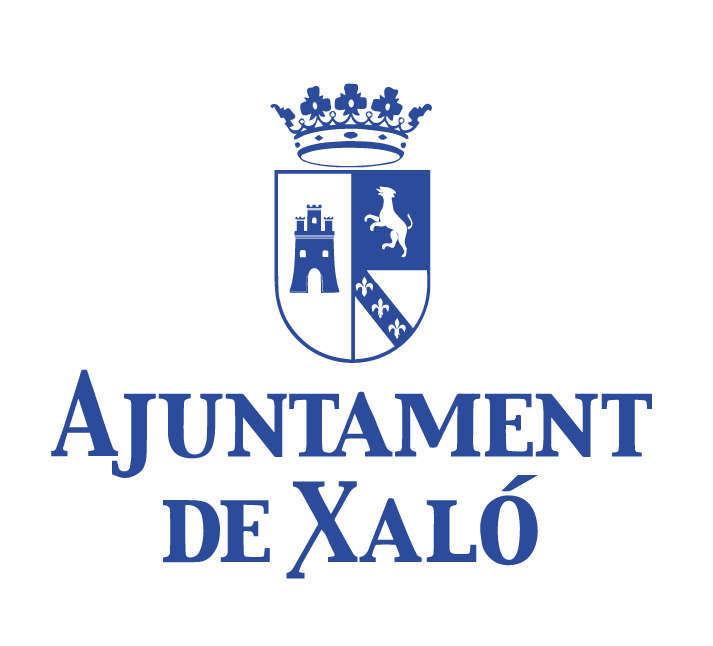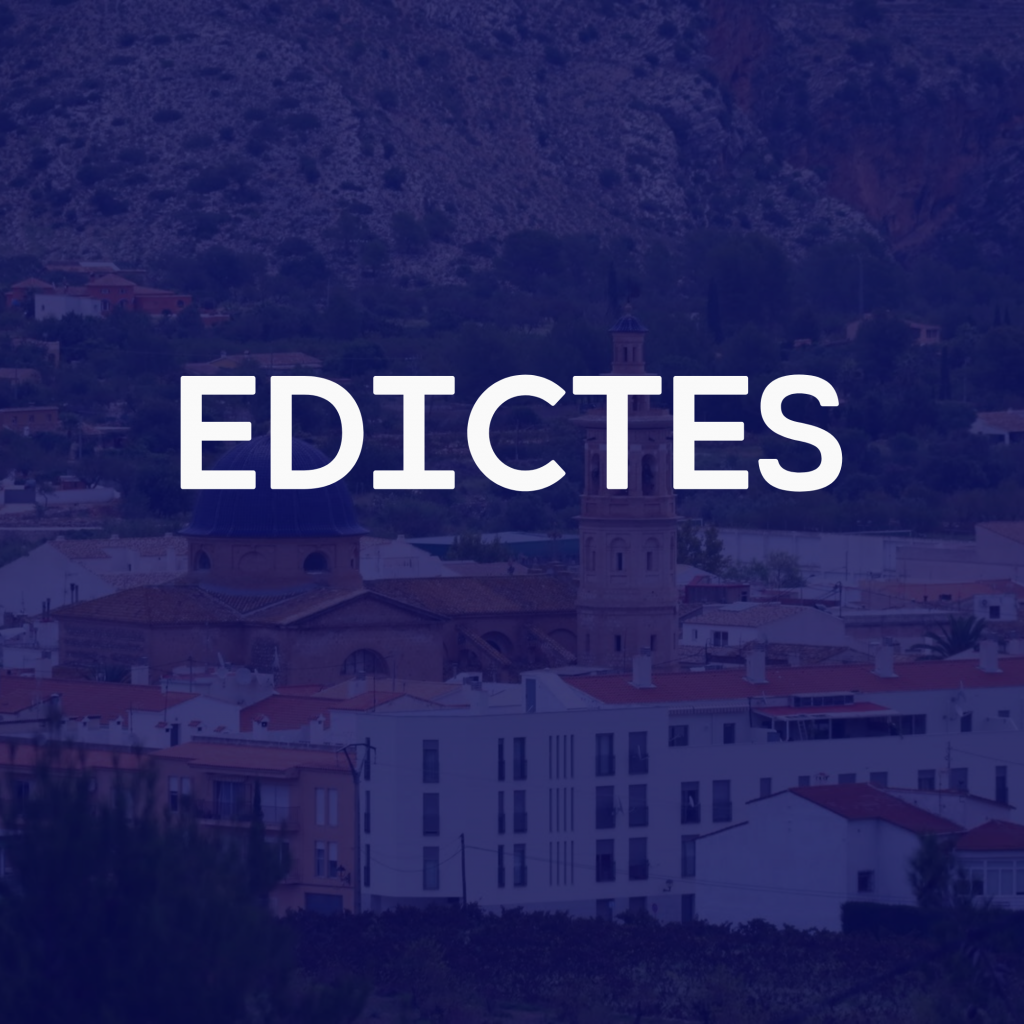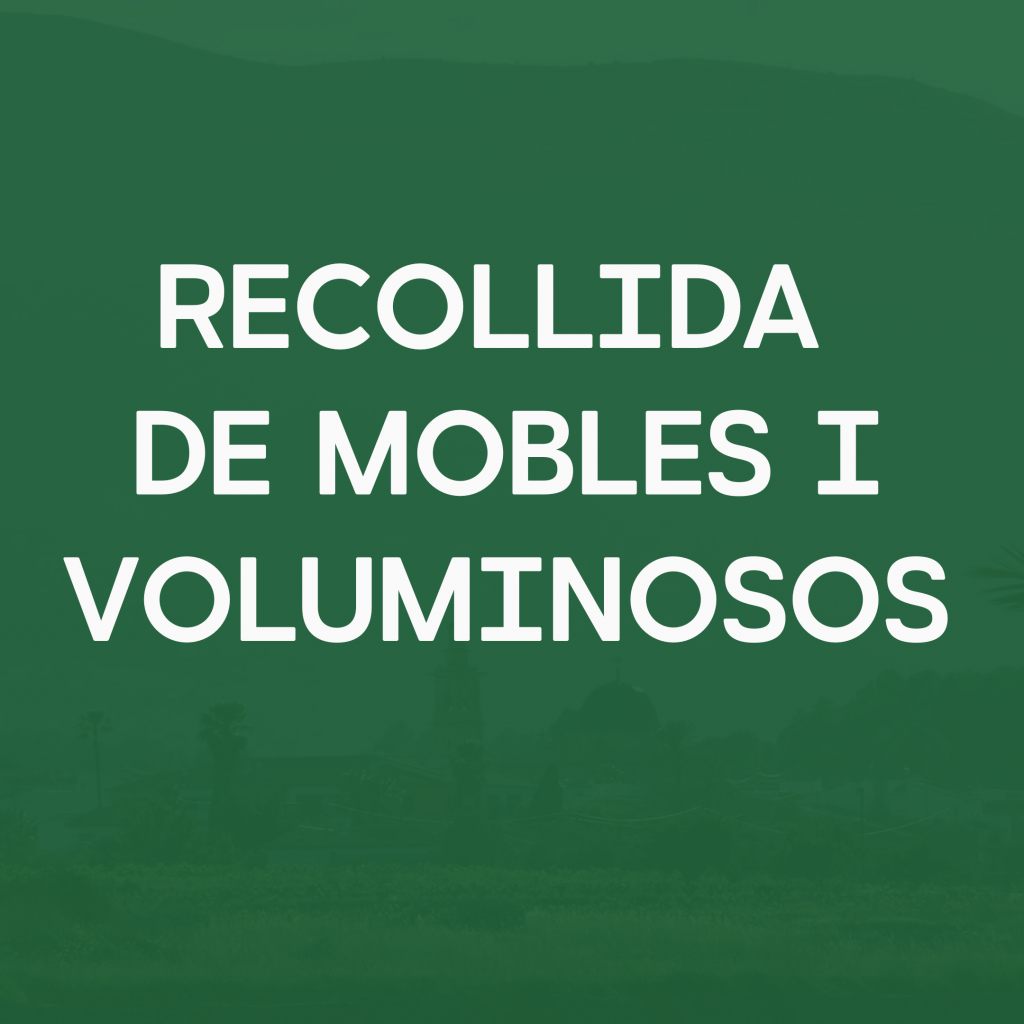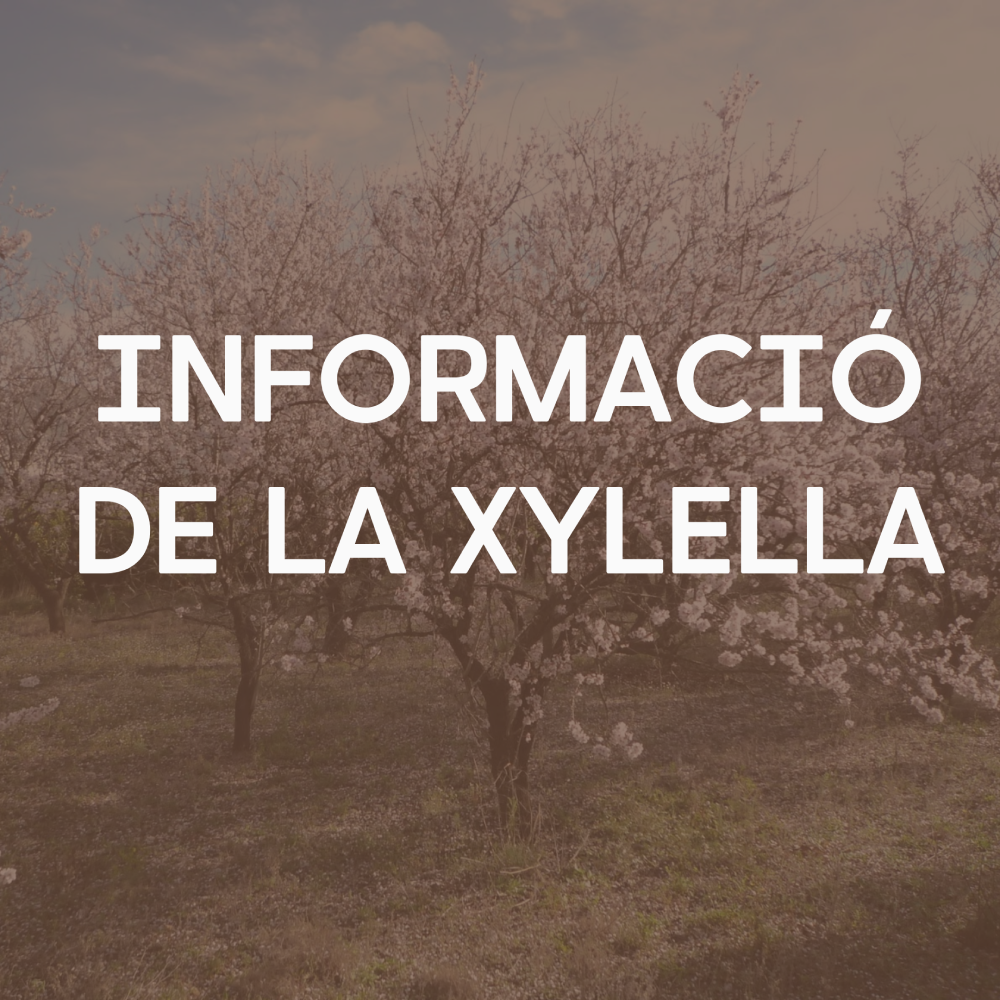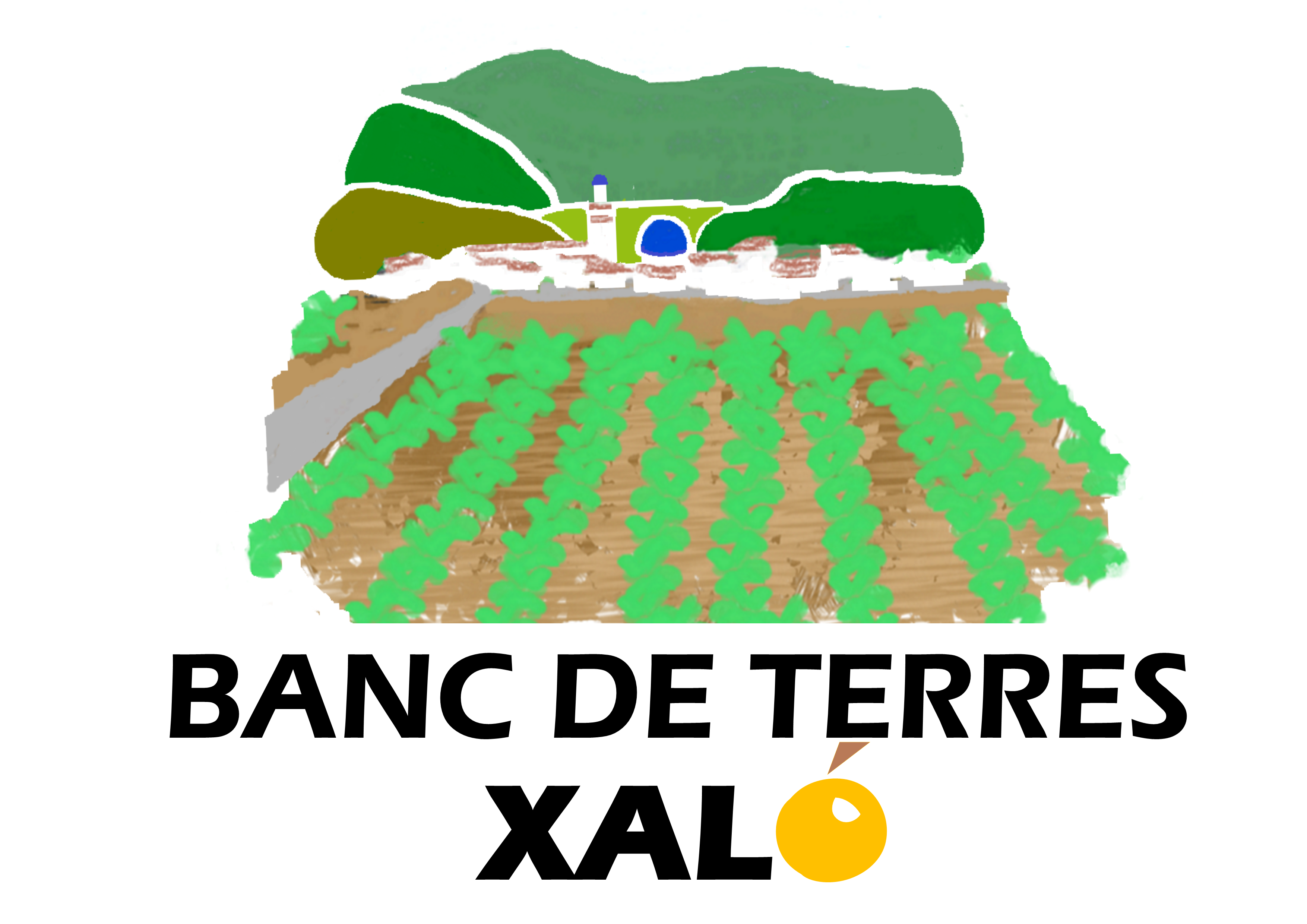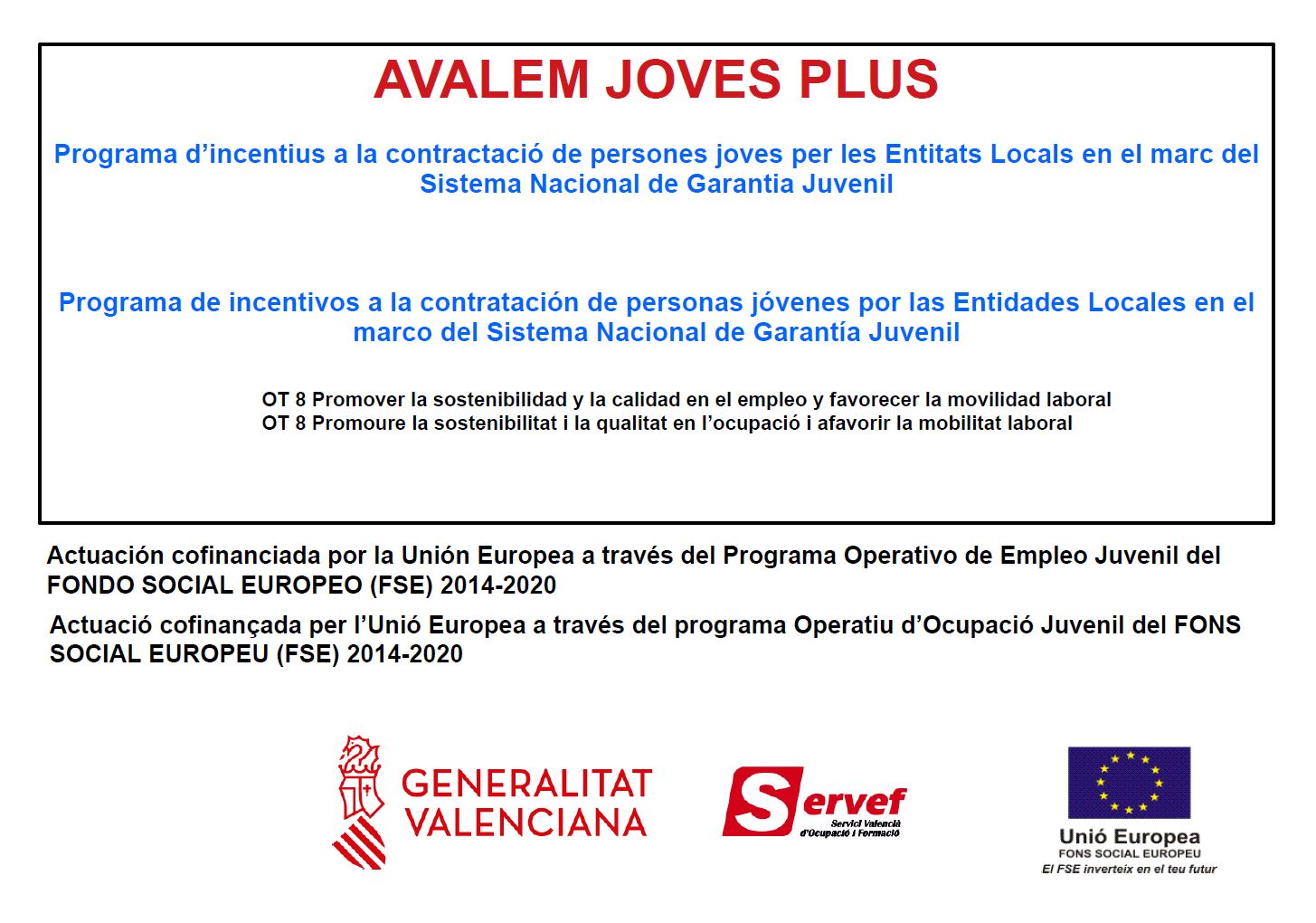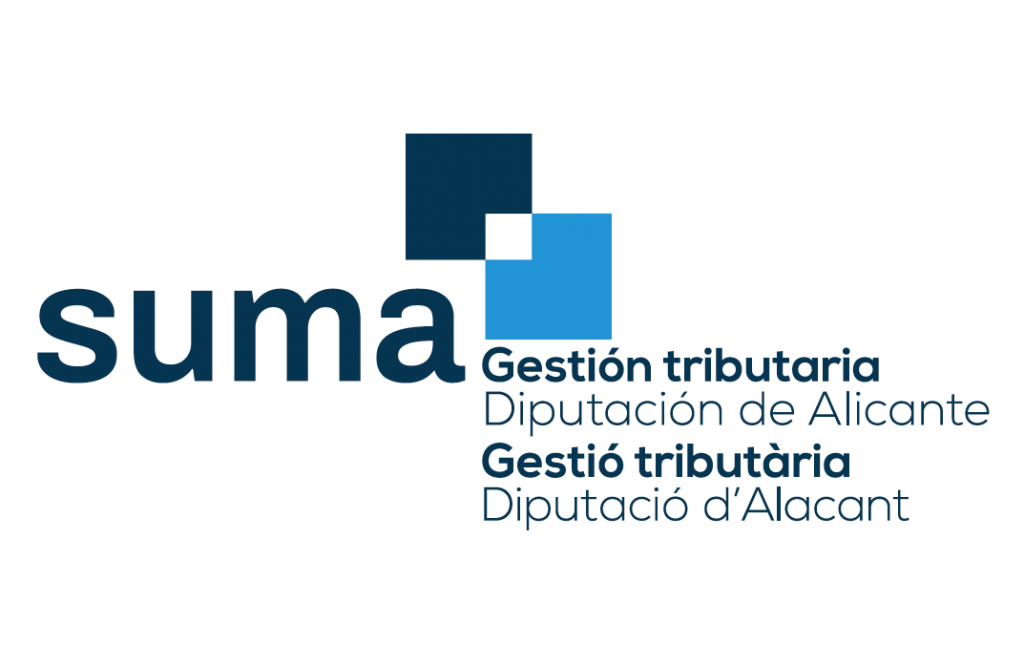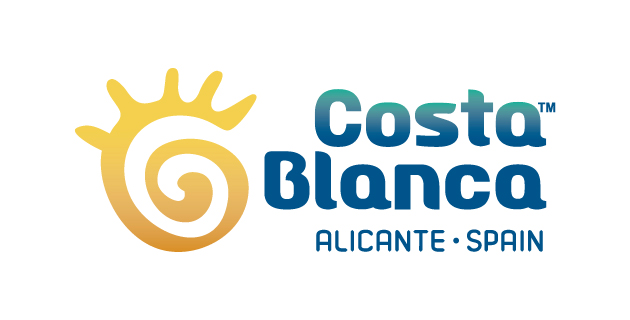The Department of Culture, Education and Science has recognized the Xaló museum as an ethnological and archaeological museum. Since 2006 it was considered ethnological but not archaeological. This modification is fundamental, as explained by the Councilor for Heritage, Gerard Fullana, because “from now on our museum will be able to save and display all the deposits of archaeological materials resulting from the archaeological activities that can be carried out in the municipal area”.
It is a very important step for the cultural heritage of Xaló because it means, de facto, that the museum will now be autonomous at all levels. Throughout the 15 years of its existence, the museum has hosted exhibitions but from this moment on it will become an entity with more functions and its collection will grow in importance exponentially.
In addition, the Ministry of Culture has also granted a grant of € 20,000 with which the Xaló City Council will undertake a major remodeling of the museum. The permanent exhibition will be changed, new elements will be introduced and audiovisual formats will be created. “A makeover was needed in the museum and we are working on it. We want to thank the collaboration of entities such as the “Marge Llarg de Xaló” association”, Fullana added.
The local archaeological heritage is made up of a heterogeneous set of archaeological sites of different assignments and typologies. It is worth highlighting the four archaeological sites that have the BIC category: the set of prehistoric rock art of the Mançano shelter, the Cova de les Meravelles (with a set of prehistoric cave engravings), the Andalusi Castell d’Aixa and the Andalusi Castle of Bèrnia.
Also part of the archaeological heritage is the existence of a valuable set of elements of the hydraulic heritage: water mills, drainage-basins and dams. Another group of elements that would be framed within the archaeological heritage are those related to the quarry industry and the extraction of clay.
